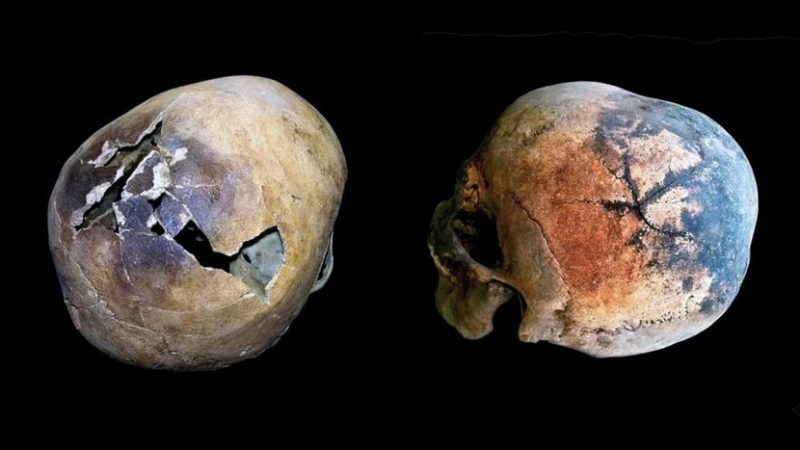No one is under the impression that for the people who lived nearby, the volcanic explosion of Mt. Vesuvius that lasted for two August days in 79 AD. was a nice way to go.
But a new study reveals that Mt. Vesuvius’s explosion inflicted agonizing and horrific deaths that are almost inconceivable: the heat was so extreme that victims’ skulls exploded, their blood boiled, and their muscles, flesh and brains were replaced with ash.
Scientists now believe that Mt. Vesuvius erupted in Italy with a thermal energy 100,000 times more powerful than the atomic bombs over Hiroshima and Nagasaki.
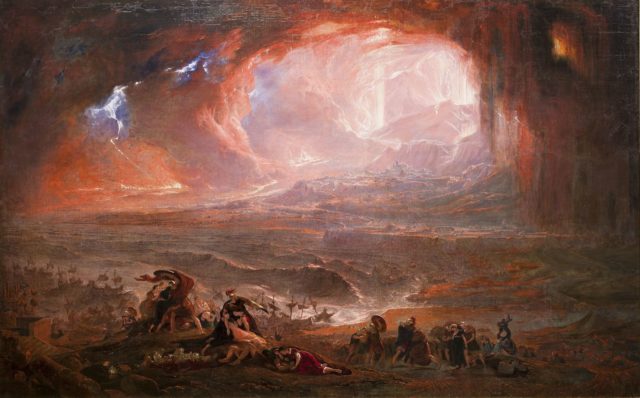
According to Business Insider, “Archaeologists at the Federico II University Hospital in Italy have conducted a study of bones recovered from 12 ash-filled waterfront chambers in Herculaneum — one of the cities closest to the volcano — and discovered a strange, red and black mineral residue on the bones, including inside skulls, and permeating the ash around and inside the skeletons.”
The scientists’ study was released in October 2018 in the scientific journal PLOS One. Work was performed by several researchers, including lead author Pierpaol Petrone.

The town of Herculaneum was a short distance away from the volcano. Pompeii was buried, and Herculaneum “was suddenly hit and overwhelmed by volcanic ash avalanches that killed all its remaining residents,” the study notes.
The experts say the temperatures from the volcanic explosion were anywhere between 750 and 930 degrees Fahrenheit.
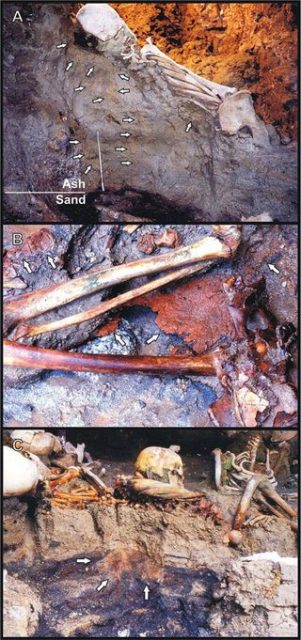
In early 2018, researchers studied the remains of a man who they thought had his head crushed by a large block of stone while trying to flee the eruption. Now they suspect he died of “asphyxia caused by the pyroclastic flow.”
“Here we show for the first time convincing experimental evidence suggesting the rapid vaporization of body fluids and soft tissues of the 79 AD Herculaneum victims at death by exposure to extreme heat,” say the study researchers.
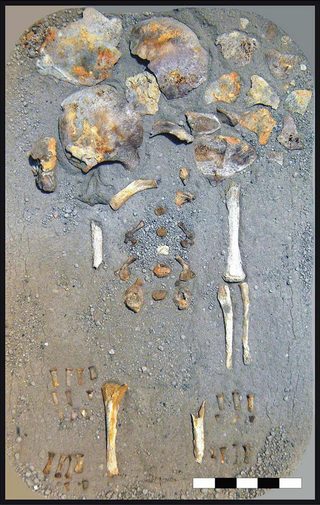
Vesuvius is an active volcano situated about 6 miles from Naples, one of the large cities at highest risk in the world, with its population of over 3 million. Archaeological and volcanological site evidence show that Vesuvius tends to have a major eruption at least every 2,000 years.
In 79 AD the sudden explosion with subsequent volcanic pumice fallout and ash-avalanches affected an extensive area, causing total devastation and killing thousands of people.
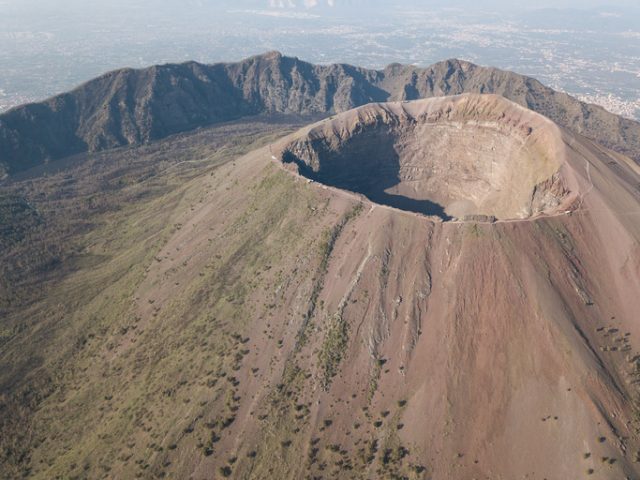
The initial fallout phase (pumice air-fall phase), driven by the winds, was dispersed up to a distance of about 45 miles.
The later pyroclastic surges and flows (rapid gravity-driven currents of volcanic ash and hot gases generated by the collapse of the Plinian eruptive column) reached up to 20 miles northwest and west of Vesuvius, researchers say.
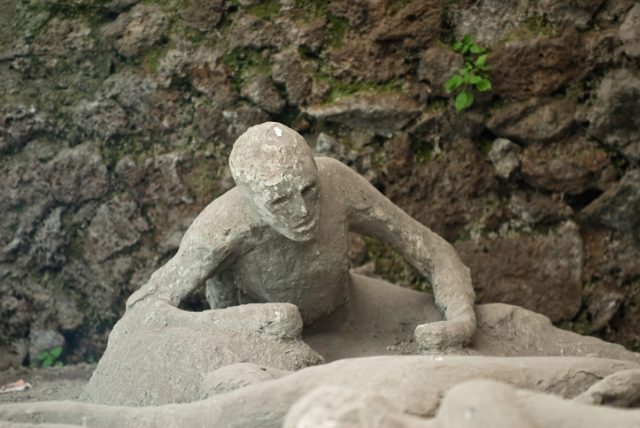
In the early phase of the eruption, the first people died in Pompeii as a result of roofs and floors collapsing. In the next hours, the remaining inhabitants of Herculaneum (population 4,000 to 5,000) and Pompeii (population about 20,000), as well as those from nearby settlements and villas (e.g. Villa B at Oplontis), who were not able to evacuate in time, were overwhelmed by the hot surge clouds.
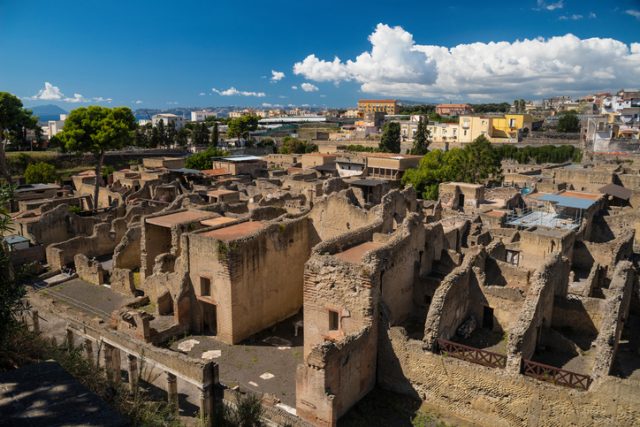
At Herculaneum, 300 people who had taken refuge in 12 waterfront chambers along the beach were suddenly engulfed by the rapidly advancing first pyroclastic surge.
In just a few hours the towns of Herculaneum, Pompeii and Stabiae were definitively buried by subsequent pyroclastic currents, whose eruptive deposits reached a maximum thickness of 65 feet.
In this area, the archaeological investigations of the last three centuries have brought to light several Roman settlements and hundreds of human victims even at a distance of 12 miles, as far as Stabiae and close suburban villas in Gragnano.
Read another story from us: Lucky Man Accidentally Finds Remnants of a 200-Year-old Shipwreck
Most Pompeians survived the pyroclastic clouds, possibly because, alerted by the early signs of the eruption, they escaped by foot, probably heading south.
Unfortunately, escaping by boats failed.
